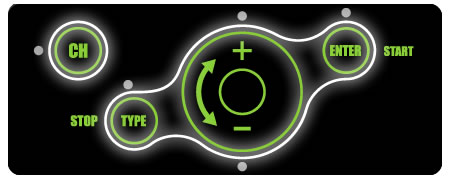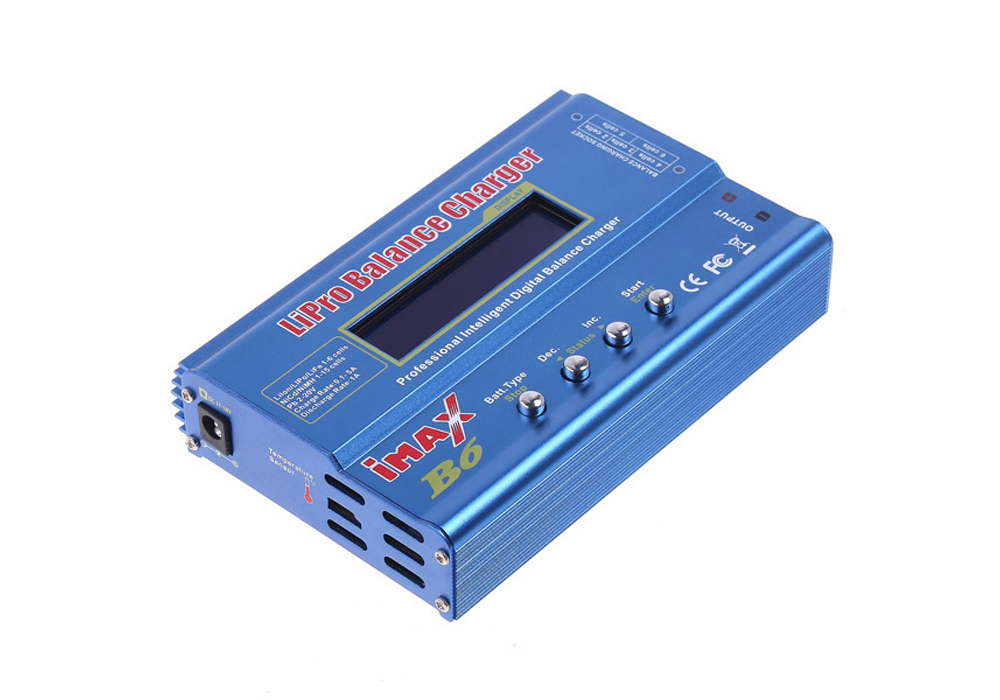As we all know any new battery breakthrough will most likely makes its way down to the RC and give us improved hobby time. Most popular RC batteries such as lithium-ion, lead acid, and nickel metal hydride batteries offer far better performance than their predecessors. Which one will be better? Let’s have a glance at their pros, cons and characteristics. And read more about How to Choose RC Battery Charger?
RC NiCad battery
NiCad is short for Nickel Cadmium. It uses nickel oxide hydroxide and metallic cadmium as electrodes. A Ni-Cd battery has a terminal voltage during discharge of around 1.2 volts which decreases little until nearly the end of discharge.
Advantage
It is cheap and isn’t too sensitive to overcharging. Compared with other types of rechargeable cells they offer good cycle life and capacity, good performance at low temperatures, and work well at high discharge rates.
To lithium ion batteries, NiCad batteries are more difficult to damage; it can tolerate deep discharge for long periods. Additional, it is the best for fast charging.
Disadvantage
Comes with a heavy body which prevent you carry it with you anywhere. Low capacity, have a higher self-discharge rates than some other types batteries and memory problems are its biggest flaw. NiCad batteries suffer from a “memory effect” if they are discharged and recharged to the same state of charge hundreds of times. Further, the environmental impact of the disposal of the heavy metal cadmium has contributed considerably to the reduction in their use.
RC NiMh battery
NiMh or nickel–metal hydride, it is very different from NiCad. For example, NiMH batteries cannot handle the high rate of charges or discharges (typically over 1.5-2 amps), however, NiCAD batteries can. And the most common sizes are AAA and AA.
Advantage
Compared to Ni–Cd batteries, NiMH batteries have a higher capacity and are less toxic, and are now more cost effective. If handled correctly, NIMH batteries will have a much longer run times than the same sized and weighted NiCAD batteries. So it is always be used for applications that call for long duration but not a high amp load. For large servos that pull a lot of amps or more than 8 standard servos aircraft, it is suggest using the NiCAD batteries. The other feature for NIMh is it has no memory effect and compared to other types battery, Ni–Cd sale at mid priced.
Disadvantage
NiMH batteries can’t perform well in high rate discharge applications, and it can only provide a small fraction of the rated capacity in these instances.
RC Li-Po batteries
Li-Po (Lithium Polymer) is the most popular battery in the world of radio-controlled aircraft, radio-controlled cars and large scale model trains.
Advantage
The advantages of Li-Po are lower weight; increased capacity and power delivery justify the price. Moreover, it does best with a balancing charger.
Disadvantage
Compare to other types batteries, it sales at the highest priced. Needs special care to avoid flat Performance must NOT be overcharged, and it is 3.7 volts per cell.
Related Items Recommendation:
3.7V 240mAh RC LiPo Battery Syma S107 S108 S109 S111 JXD 331 3ch Micro Heli
iMAX B6 Lipro Battery Charger Intelligent Digital Balance Charger NiCd/NiMH/Li-ion
Quattro B6AC Balance Charger/Discharger for LiIon, LiPo and LiFe
iMAX B6AC LiPo Balance Charger Professional Intelligent Digital Charger
LiPo Balancing Charger iMAX B6AC+ Dual Power Built-in AC Adapter
Extreme Li-Po Balance Charger/Discharger X-605 Li-ion, LiPo and LiFe



